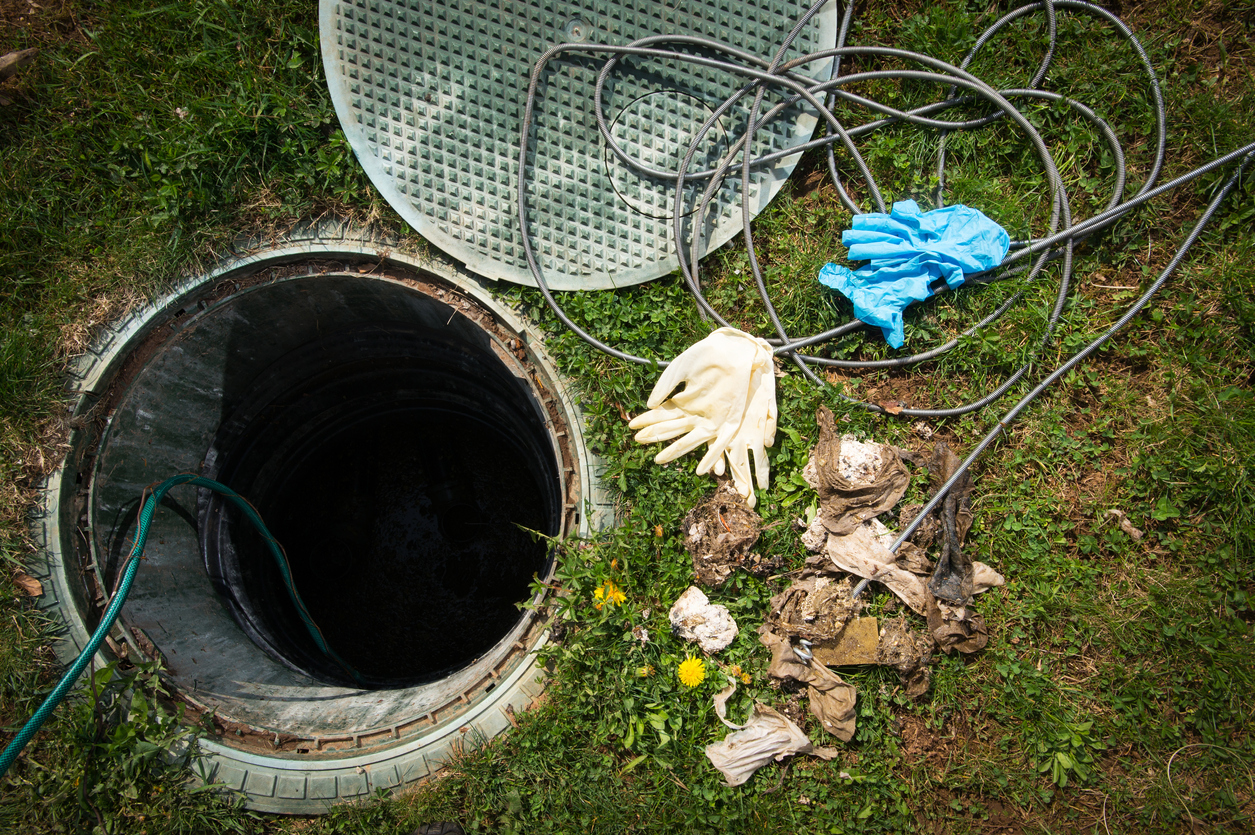
For clients in the wastewater management industry, the installation of a septic tank is just the beginning. Keeping regular maintenance a priority long after the installation is essential to ensure the system is running smoothly and nearby communities that rely on clean wastewater treatment don’t fall ill to certain risks, including respiratory infections.
Given how expensive it is to replace a septic system, proper maintenance is crucial to keeping any system healthy and operational. The more proactive a company is in caring for and maintaining its septic system, the longer that system will last. When maintaining a septic tank, the goal should be to prevent the accumulation of solids and any groundwater contamination.
Here’s a better look at the importance of septic tank maintenance and manage regular upkeep.
First, Stay Insured
Before any maintenance of a septic tank, clients must operate with the highest level of Septic Insurance Coverage. This insurance is a comprehensive filter to protect against liabilities related to broken septic tanks or potential liabilities, such as infections. Having this provides wastewater clients the opportunity to make things right with their clients while also keeping costly legal problems at bay.
Be sure to speak with your clients about this coverage and ensure they are operating with adequate insurance.
How Often to Pump a Septic Tank
The septic tank’s size, total wastewater generated, and the number of solids helps determine how often to pump a septic system. The Environmental Protection Agency reports that while the average time between pumps is three years, those with electrical float switches, pumps, or mechanical components need inspection more often.
In general terms, wastewater management clients need to have septic tanks inspected more often and pumped once a year to be safe.
Here’s a four-step maintenance system to clean out septic tanks successfully:
- Responsible Pumping: Each septic tank’s pump schedule should be regular to prevent the accumulation of solids in their system. Servicing frequency varies per tank, so it’s important to review how often to pump individual systems.
- High-Pressure Water Jetting: All septic tanks, regardless of pumping, accumulate solids and other debris in their pipes. These solids’ presence ends up clogging the pipes that connect the septic tank to a drain field. In this case, high-pressure water jetting every five years eliminates and clears any debris that could prevent a system from operating efficiently.
- Bacteria Additives: Septic tank management companies should use a live organic bacterium that breaks down the presence of unnatural substances and solids, like soaps and detergents, that sometimes enter a septic tank. If these end up getting into a septic system, they kill off the naturally occurring bacteria that allows tanks to function properly. Bacteria additives are an inexpensive way to keep pipes clean and clear and helps them function properly.
- Installing Filters: A filter, which prevents solids from entering a drain field in the first place, needs to be cleaned or replaced whenever the entire system gets serviced. Some older septic tanks do not have a filter, so it may be best to find a way to adapt a tank to have a filter.
While these pumping and cleaning steps may not prevent all damage or clogging, using these steps helps to mitigate the potential for system damage.
About Watercolor Management
WaterColor Management has insured the water industry for over 30 years. Our policies include unlimited defense cost coverage in the event of a lawsuit against you. Call us at (256) 260-0412 or email info@watercolormanagement.com for a quick quote for your Water Business Professional, Products/Completed operations, Pollution and General Liability Insurance.




